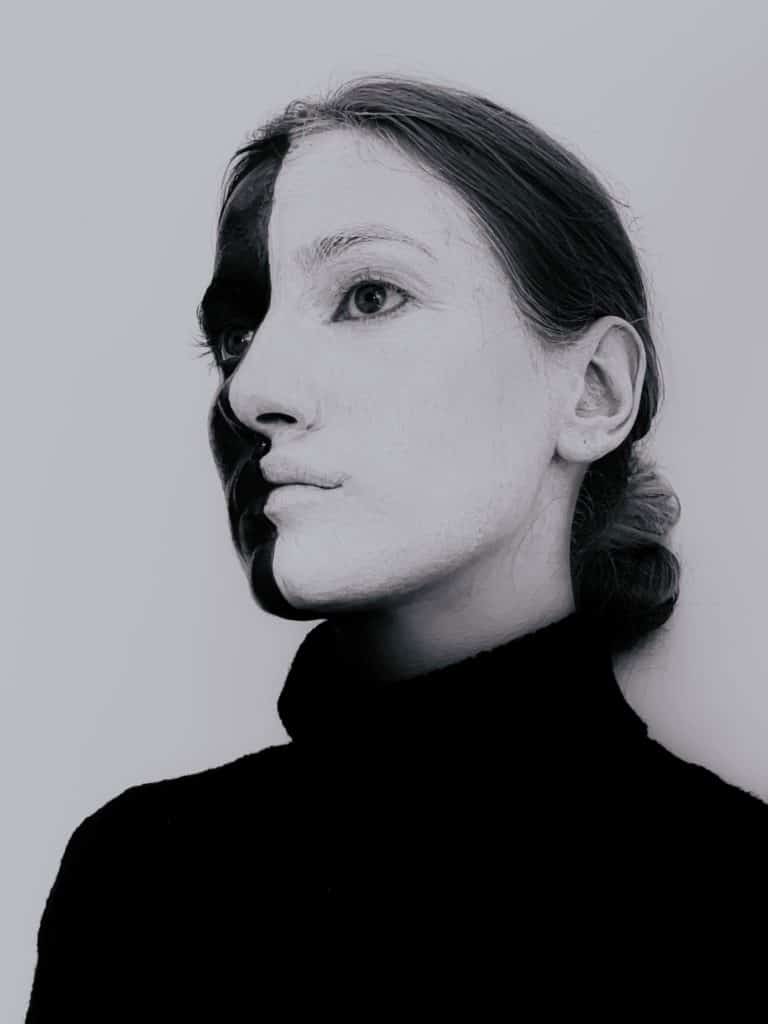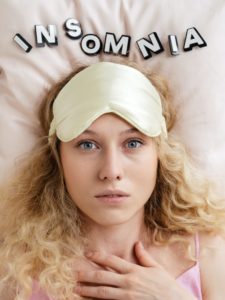What is bipolar mood disorder?
Bipolar mood disorder is a special kind of mental health disorder in which a person feels two opposite Extremes of mood, like a perfect mood or an extremely low mood. Depression of a person suffering from bipolar disorder is not usual. He may feel extremely hopeless and have the urge to end his life. On the other hand, when this person is on the other extreme, he may feel highly euphoric, happy, and optimistic. Because of these mood swings, his sleep cycle can be disturbed. His way of thinking, judging, and investing energy also changes to a great extent. The frequency of these mood swings depends on the surroundings and the circumstances. They can happen very frequently or many times in a year. In between the episodes of mood swings, some people also feel some emotional symptoms.
The emotional instability of a person dealing with bipolar disorder requires proper medical treatment if it is not getting better with psychic management. It is highly necessary to see a doctor if a person feels sudden depression and hopelessness after an episode of euphoria and being productive. The doctor or the mental health professional helps in distinguishing between depression and bipolar disorder. Moreover, it becomes easy to control the symptoms when the actual diagnosis is known.
Epidemiology of Bipolar Mood Disorder
The overall prevalence of bipolar disorder worldwide varies between 0.3 to 1.2%. As a result of various studies conducted in different countries of the world, the lifetime prevalence of bipolar disorder is found out to be 2.4%. Out of 2.4%, 0.6% is the prevalence of bipolar type I disorder, and 0.4% is the prevalence of bipolar type II disorder. The incidence of bipolar disorder is more among females than males. It is more prevalent in Asian-Americans.
Bipolar Mood Disorder Types
Following are the different types of bipolar disorder:
Bipolar I disorder
Bipolar I disorder is a condition in which the person feels two extremes of mood, from mania to severe depression.
Bipolar II disorder
Bipolar II disorder is a milder condition that involves mild euphoria or hypomania with episodes of mild depression and anxiety.
Cyclothymic disorder
This is a type of bipolar disorder in which there is a short period of hypomanic situation alternating with the brief periods of depressive episodes. These brief periods of hypomanic and depressive episodes are not as extensive as genuine hypomania or severe depression.
Mixed features
This type of bipolar disorder involves the symptoms of all extremes, i.e., mania, hypomania, mild depression, and severe depression. This type has symptoms like very high energy, sleepless nights, and vague racing thoughts. Simultaneously the person feels symptoms like hopelessness, depression, sadness, irritable mood, and suicidal tendencies.
Clinical features
As bipolar disorder include different mood extremes like mania, hypomania, and depression, the symptoms are also related to these moods and emotions. During the period of hypomania and mania following clinical manifestations are observed:
- Abnormally energetic.
- Jumping or not being able to sit still.
- Exaggerated sense of happiness and high confidence.
- Not wanting to sleep.
- Very talkative.
- Vague and racing thoughts.
- Poor sense of making decisions.
During the periods of mild or severe depressive episodes following signs and symptoms are seen:
- Suicidal thoughts or tendency
- Sleeping for more than 12 hours a day or completely insomniac
- Tiredness and fatigue
- Feeling very guilty and worthless.
- Inability to concentrate on tasks.
- Severe weight loss or weight gain.
- Markedly decreased interest in all the activities.
Other non-specific symptoms of features of bipolar disorder include anxiety, restlessness, psychosis, and rapid heartbeat.
In teens, distinguishing bipolar disorders with usual stress and trauma is a bit difficult task. But, seeing an appropriate doctor for this purpose can ease the situation. The pattern of mania and depression in children and teens is different from that of adults. It is essential to distinguish severe mood swings from usual mood swings.
Risk factors
One single risk factor is not responsible for bipolar disorder. Different risk factors contribute to developing this illness/disorder. Researches are being conducted to pinpoint the specific risk factors for bipolar disorder. Until now following are considered as the risk factors for bipolar disorder:
Environment
A depressive environment with pessimistic people triggers Bipolar disorder of a person. Drug abuse may also trigger this condition. Sudden loss of a loved one can trigger mania or depression in a bipolar person. Seasonal depression or anxiety also plays a role in developing bipolar disorder.
Brain structure
Researches have shown that difference in brain structure also plays a role in developing this illness. The results of fMRI and PET support this.
Genetics
Genetics plays a significant role as a risk factor for bipolar disorder. This runs in families. People with a genetic predisposition of bipolar disorder are at a much higher risk of developing this.
Diagnosis
Physical examinations are done to rule out other systematic conditions that may be triggering the situation. The doctor also performs mood charting for the diagnosis of bipolar disorder. This includes keeping a record of the patient’s sleep cycle and mood changes. Psychiatric assessment is done, and questions about patients’ moods, thoughts, and tendencies are asked.
Criteria for bipolar disorders
To be labeled as a patient of bipolar mood disorder, the person must have at least one episode of mania and one episode of depression. The detailed criteria for diagnosis of bipolar disorder can be found here – DSM 5 Criteria for bipolar disorder.

Treatment of Bipolar Disorder
Timely treatment of bipolar disorder is crucial as the condition might worsen over time or with age. Untreated people may encounter more frequent and severe episodes.
Treatment includes both medical and psychotherapy in the form of cognitive behavioral therapy. Some mood-stabilizing medicines like antidepressants and benzodiazepine are prescribed by the doctors depending upon the patient’s situation. Lithium is used as the first line of treatment for bipolar disorder.
Bipolar disorder has a symptomatic treatment. Lifetime therapy goes on.



